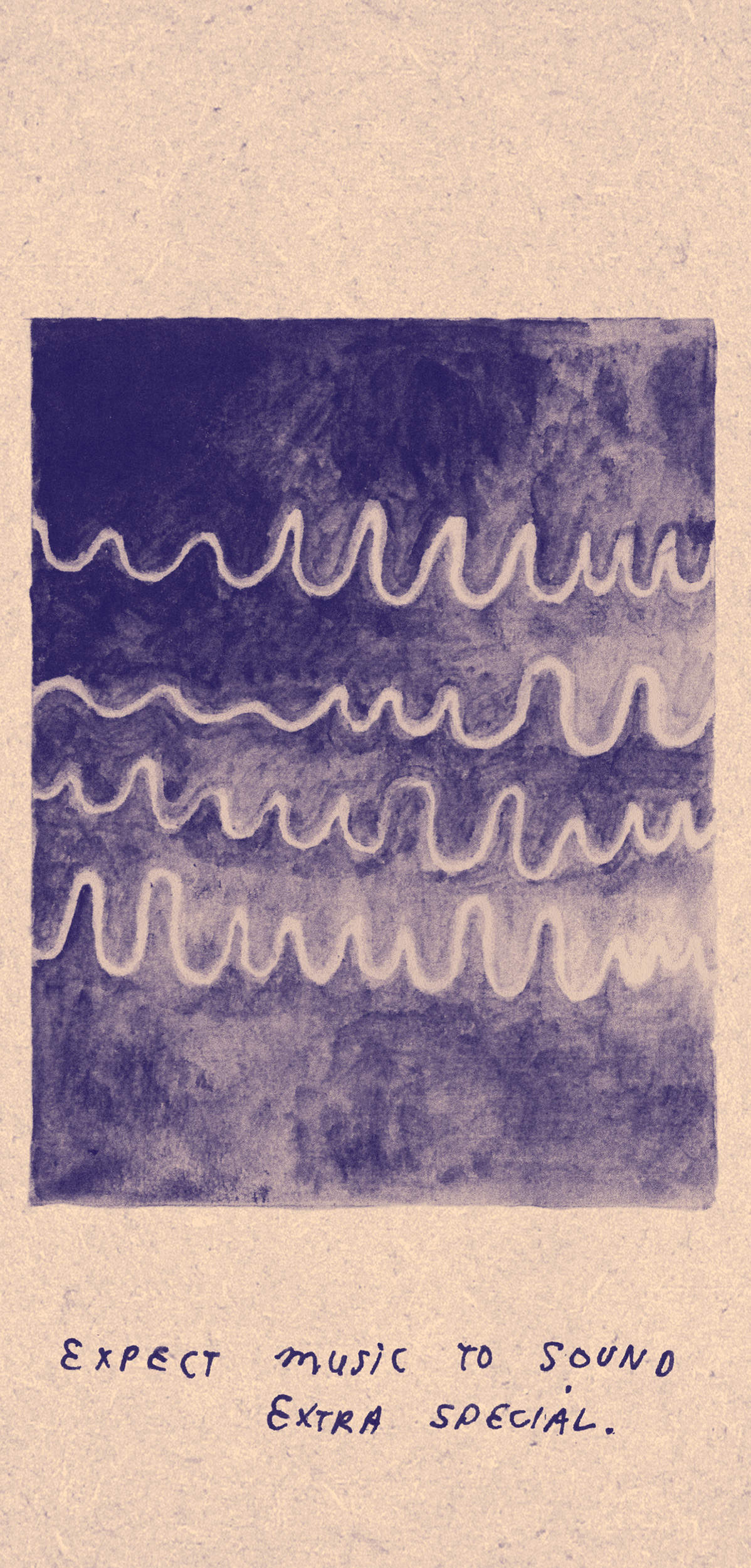Modeled after the sought-after AKG C 414 EB from 1976, the Peluso Microphone Lab P-414 is reviving a cult classic with a few upgrades to help it thrive in the modern world of recording. Just as original C 414 EBs are becoming increasingly hard to find and used prices are skyrocketing, the team at Peluso Microphone Lab has given engineers and studios access to a classic sound at a fraction of the cost. The P-414 is a multi-pattern large diaphragm condenser microphone that is hand built in Virginia. The four polar patterns (cardioid, hyper-cardioid, omni, and figure-eight) can be easily selected via a switch on the front of the microphone. Two more selectors located on the rear of the P-414 include a pad (-10 dB and -20 dB) and a high-pass filter (75 Hz and 100 Hz). The Peluso Microphone Lab P-414 looks almost identical to the original C 414 EB – silver and boxy, with a heavy-duty head grill. The only differences in aesthetics are the stem (longer than the AKG’s), the color of the head grill on the backside of the mic (silver on the P-414; black on the AKG), and the respective logos. The Peluso P-414 comes with a sturdy shock mount, foam windscreen, velvet mic bag, and heavy-duty flight case.
The C 414 EB is well known for its powerful midrange capabilities – with a very musical and broad boost between 300 Hz and its airy top end – primarily due to its CK12-style brass capsule. Dedicated to re-creating the unique charm of the C 414 EB, the team at Peluso Microphone Lab use the same brass dual-backplate edge-terminated 34 mm capsule as the original. The P-414 is equipped with a custom transformer in order to ensure an extremely low noise floor, making it ideal for modern recording studios.
The hype around the famous brass capsule is well deserved. The P-414 won head-to-head vocal mic competitions more times than not in my studio, and for good reason. As stated above, the midrange and airiness are undeniably musical, which can be useful for vocalists of many types. Getting vocal tracks to fit in the mix is extremely easy with this mic, whether they’re lead, backing, and/or group vocals. The P-414 might also be my go-to mic for rack and floor toms. Never have I been excited about mic’ing up toms, but again, that midrange just adds something special.
I had the opportunity to bring the P-414s to an orchestra recording with an ensemble I’d been working with for over a decade. The P-414 helped add a beautiful amount of life to the recording – correction: a shocking amount. I placed a pair of mics about ten feet in front of the conductor, spaced about ten feet apart, in the middle of the string section, and... WOW. The depth, presence, and heartiness that the P-414s added were immediately apparent. I’m going to use them every single time I work with large ensembles.
The Peluso P-414s have quickly become the go-to mics in my studio. Clients love them, guest engineers love them, and I love them. They’re workhorses and can add some booty to almost anything they’re in front of. Do yourself a favor and pick up one (or more) of these immediately.




_disp_horizontal_bw.jpg)